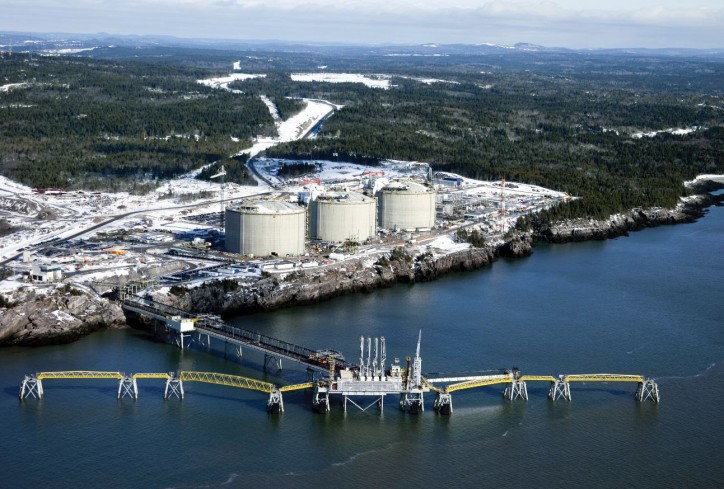 The Ukraine crisis has sharpened the public attention on how much dependable is Europe on the gas supply from Russia, according to analysts. This extremely delicate situation called for a serious consideration of what other possibilities Europe has.
The Ukraine crisis has sharpened the public attention on how much dependable is Europe on the gas supply from Russia, according to analysts. This extremely delicate situation called for a serious consideration of what other possibilities Europe has.
An option seem to be found this week when Spanish energy giant Repsol applied to Canadian regulators to start a project, which aims exporting liquefied natural gas from its under-utilized Canaport import facility in Saint John, New Brunswick. The annual gas flow, which is planned to be imported, equals to 271 billion cubic feet of natural gas.
According to the application given to the National Energy Board (NEB) of Canada, dated Tuesday Feb. 10, the gas will be delivered through a pipeline from the United States and western Canada to the plant. Afterward, a new on-site liquefaction facility will transform it into nearly 5 million metric tons of LNG. The expected revenue from the project is being calculated to hit $4 billion.
The current project targets to use the abundant North American natural gas trough one of the four LNG export terminals available in Eastern Canada.
Just in comparison, the Western Canada coast offers much more possibilities, but today's situation requires prompt reaction so over - seas gas demand to be met.
Canada's Irving Oil which co-owns the existing Canaport marine terminal is ready to interact in order to feed Europe with natural gas, but still there is a concern about the serious investment which should be done in New England to be built a new pipeline. Such an option will bring back to life the Canaport facility which was built in 2009 to perform the reverse action - to convert the imported by tankers liquefied gas into gaseous form and to supply it to the USA and Canada markets.
Though the shale boom in the United States forced the plant to work extremely under its potential.